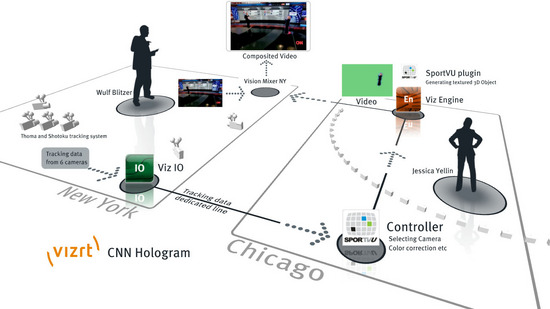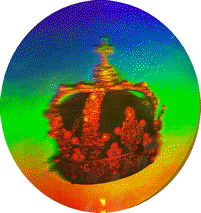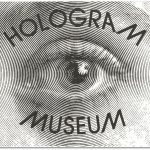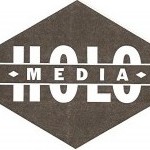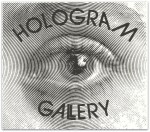Frank Zappa & ABBA Peppers Ghost turné
Frank Zappa & ABBA Peppers Ghost turne´
Frank Zappa & ABBA Peppers Ghost turné har en sak gemensamt! Turnén består av dataanimerad film som projiceras med hjälp av videoprojektor. Marknadsföringen av döda/levande artister är Peppers Ghost. Ett hologram skapas med Laser utan kamera. Ett hologram projiceras inte med projektor.
Hologram bygger på laserljusets vågor som skapar ett interferensmönster i ett fotografisk material med hög upplösning. Den otillbörliga informationen om “hologram” som inte är hologram skapar stora problem för seriösa holografi/hologram forskare världen över. Minst 70% “hologram” är inte hologram på nätet.
Professorer, konstnärer och holografer som sysslar med lasertekniken kan inte begripa varför man inte kallar Peppers Ghost med sitt rätta namn. Vissa holografi-forskare har valt att kalla den senaste utvecklingen av färgholografi för OptoClone. Detta för att inte beblandas med alla falska hologram, typ Peppers Ghost.
Peppers Ghost är en illusionsteknik, Magia Naturalis, från 1500-talet. Den utvecklades av vetenskapsmannen Giambattista della Porta. Han gjorde sig känd för flera andra illusions-tekniker, till exempel Camera Obscura.
På 1860-talet populariserades projiceringstekniken av professor John Henry Pepper. Peppers Ghost tekniken dök ca 120 år senare upp i Haunted House, Disneyworld. Ledde till många efterföljande företag som sysslar med projiceringar typ Peppers Ghost, men påstår att det är hologram.
Peppers Ghost https://en.wikipedia.org/wiki/Pepper%27s_ghost
Åkte själv tåget i mitten av 80-talet med ett litet spöke. Förstod på våra turister/besökare i Hologram Museum/Gallery att många trodde det var hologram. Press/Media började förmedla den falska informationen från företag som lanserade projiceringstekniken.
CNN-wrongly-call-this-hologram This is 2-Dimensional Peppers Ghost! HoloCenter New York
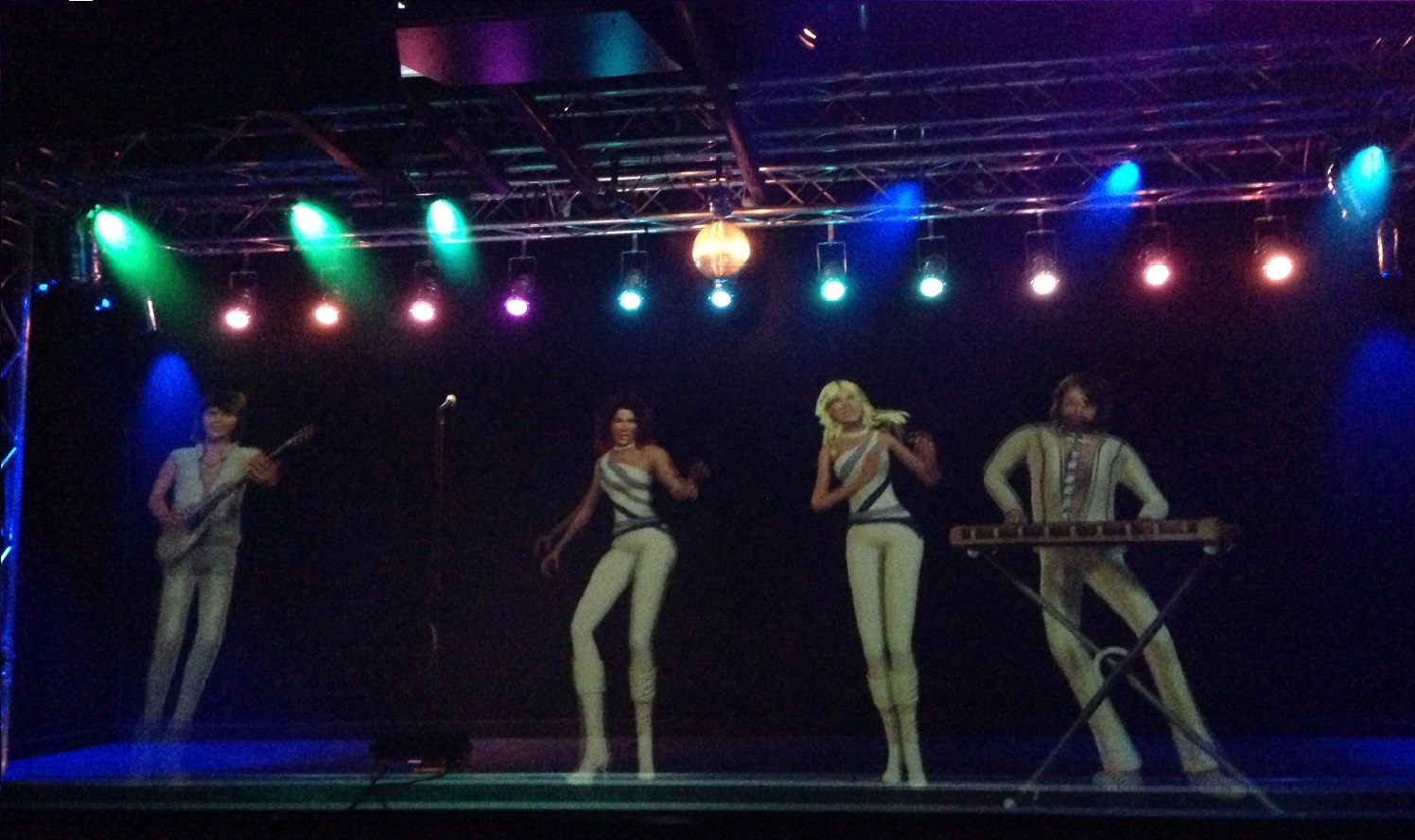
Många har dansat och sjungit med Abba museets Peppers Ghost. Foto Mona Forsberg
ABBA museets nya projicering är en dataanimerad film som projiceras.
https://www.resume.se/nyheter/artiklar/2016/04/13/upptrad-med-stjarnorna-pa-abba-museet/
Här tar man fram den projicerade effekten och filmen med hjälp av dator. Det blir själklart inget hologram av den filmen.
Idag kan museer tillverka egen Peppers Ghost utrustning till låga priser. Detta enligt initiativtagare till en kurs för några svenska museer.
Likt i guldrushens-glada-dagar, ville alla med på hologram-tåget. Även om det inte hade ett dyft med hologram att göra. Rörigt under flera år men nu börjar Press/Media inse att Peppers Ghost inte har med hologram att göra. Men varför fortsätter då tidningarna att publicera artiklar som “hologram”? Tillfrågade chefredaktörer har svarat – man säger hologram för att folk ska förstå.

Michael Jackson, Tupac med flera artister är videoprojicerad film. Vid några tillfällen har polisen stormat in på konserter med vissa artister (!). Polisen har beslagtagit projektorn, som krävs vid projicering på till exempel en scen. Vore det hologram skulle polisen inte behöva beslagta videoprojektorer – haha. Bild Wikipedia
Den 500 år gamla projiceringstekniken användes av illusionister som med hjälp av en spegel kunde projicera en person på scenen. Modernisering av Peppers Ghost sker med en dataanimerad film. Den projiceras med videoprojektor/er mot en transparent spegel. Den 2 Dimensionella illusionen av artisten som dansar/sjunger/rör sig på scenen, uppfattas som tredimensionellt på grund av att musiken är synkroniserad till filmens rörelser.
Hjärnan spelar ett spratt och ändrar betraktarens perception till att tro att filmen är 3Dimensionell.
Rättsliga processer, i bland annat England har lett till att Peppers Ghost användarna ändrat vokabulären. Plötsligt dök nya ord upp från lasertekniken holografi, så den falska marknadsföringen har blivit ännu mer otillbörlig.
Sorry, Larry King, you are not a hologram! But you are a Peppers Ghost projection! And that has nothing to do with a laser picture.
Kända artister inom nöjesbranschen har gått in i Peppers Ghost branschen förda “bakom ljuset” kanske. Inte lurade av laserljuset förstås. Dom verkar inte ha vetskap om HOLOS, det vill säga helheten kring den 500 år gamla illusionstekniken.
ABBA på turné som Peppers Ghost
ABBA på turné som Peppers Ghost
ABBA turné Peppers Ghost med hjälp av den moderniserade illusionstekniken, Peppers Ghost från 1800-talet. Benny kan promenera med hundarna hemma samtidigt som videoprojektion gör showen, enligt Dailymail.
ABBA to return as Peppers Ghost
Läs vad Andy Malt för CMU skriver – speciellt intressant är hans slutkläm: If you want to know more about what the hell is going on, you´ll have to wait until next year! Klicka på länken här:
http://www.completemusicupdate.com/article/abba-to-return-as-holograms/
Enligt Simon Fuller till CMU är det a new entertainment experience trots att Peppers Ghost tekniken funnits länge. Den gamla Viktorianska illusionstekniken från 1860-talet är en moderniserad dataanimerad 2-dimensionell film. Med video sprojiceras filmen mot en halvtransparent spegel på till exempel en scen. Helt eller delvis med levande musik som synkroniseras med den digitila filmen från tidigare konsertinspelningar av artisten. Eller så är det en nytagen film av en artist som sjunger, dansar, pratar och uppträder.
Peppers Ghost är en 2-dimensionell videoprojektion mot en spegel med en film som digitaliseras med datorns hjälp. Även filmer av döda personer som Michael Jackson, Tupac med flera, är digitaliserade från arkivfilmer med eller utan originalmusiken.
Med levande personer är det inte lika tidskrävande av skapa den dataanimerade filmen som av döda personer. Då måste arkivfilmer synkroniseras med musik från skivor, konserter eller levande orkester på scenen. Projiceringen sker med en eller flera vidoes och är alltid 2-dimensionell. Hjärnan spelar ett spratt och uppfattar filmen som tredimensionell.
Simon Fuller menar att VR, Virtual Reality och Artificiell Intelligence också har något med hologram att göra! Inte underligt att några uttalat sig angående den planerade Peppers Ghost turnén i Australien 2019 med orden: Thrilled about this nonsense!
Holograms that are not Holograms
No End to Things That Are Not Holograms, by Molly Brodak
(some pictures, our choice)
OK, so Tupac is double dead now, him and his hologram. Sort of. I mean some still insist he is not physically dead, but one thing for certain I feel moved to clarify is that he was never a hologram. Not even remotely close. By Molly Brodak
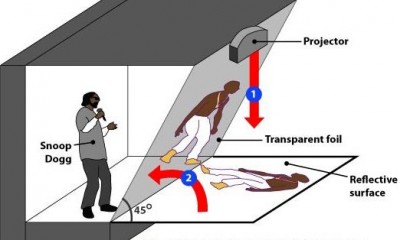
The Tupac “hologram” was simply a high-quality isolated video projection (niced up with 2-D graphics to provide depth cues) on a transparent screen (a sheet of mylar stretched across stage). Not very different, technologically speaking, than what you see when you go to the movies. It was sold as a hologram because it seemed like a free-moving 3-D object beamed from some magic device, like what we saw in the first Star Wars movie when Princess Leia sent an image of her bodily form to convey a message to Obi-wan instead of just simply sending a recording of her voice or some writing. The significance of her using her whole, two – dimensional (but shrouded) body to plead her message, virtually, is a topic for a different article, but of course this fictional technology is already inspiring a robust pursuit at MIT. By Molly Brodak
The real name for what you saw in the Tupac trick, or in Gorillaz “live” stage performances of its cartoon members, or in Hatsune Miku, a blue-haired Vocaloid anime girl/voice synthesizer whose songs can be created by users, is the Pepper’s Ghost Illusion, which you have seen if you’ve ever been through the Haunted Mansion at Disneyland. It’s a stage trick involving secret rooms, angled glass and lights that create ghostly images that seem to float and disappear midair. Although mentioned by some news sources, Pepper’s Ghost Illusion obviously doesn’t sound as technologically-advanced as hologram; in fact, it sounds a little quaint and old-fashioned, which is why marketers haven’t seemed to want to bring it up. (Peppers Ghost, illusion technique some 300 years old) By Molly Brodak
The only reason this misnomer bothers me is that it masks the true facts of real holograms, and the facts are wonderful, more wonderful than the facts of Pepper’s Ghost Illusion. I recently finished writing a whole book inspired by the facts of holograms borne out of an accidental obsession that started when, for no reason I can remember, I looked up holography on Wikipedia. By Molly Brodak
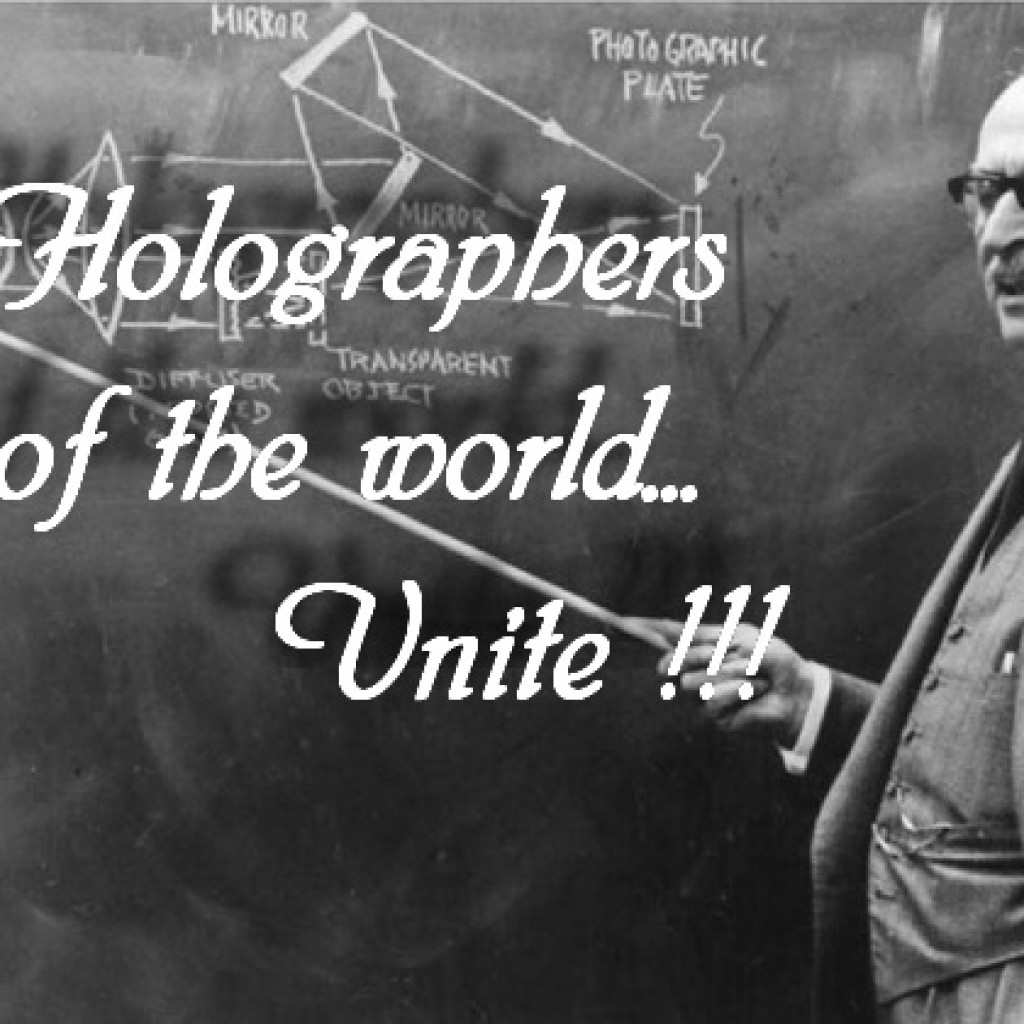
(Nobelprize winner of Holography professor Dennis Gabor – he must laugh looking at all nonsense about his invention. No video projection films is needed for holograms!)
Holograms aren’t, and might never be, projections. They are more like photographs than anything else. There’s one in your wallet right now, probably, on a credit card you might have. That little rainbowy dove on a silver square? Tilt it vertically in bright natural light. It’s not that it moves, exactly—in fact it looks quite stationary in its space. It’s more like you are able to see more of the shape, as if looking around to its sides, as you tilt. Like you are the one who is moving around this virtual object. That’s a hologram. In this way, a hologram is more like a book than a movie. You move, physically, across the surface of a book, hands in and out of pages, rather than sit stationary as a movie moves around in front of you, like the Tupac hologram does. By Molly Brodak

(HoloMedia AB has delivered many plastic cards with a unique hologram, special made for the customer, as this Ving Holiday Card with another dove than what Molly Brodak refer to). Photo Mona Forsberg
Specifically, that dove is a rainbow hologram, the only kind you can see in normal light. It’s the worst kind of hologram really, the cheapest, with the least depth & detail. The cover of Tao Lin’s Taipei has a holographic foil finish on the title text, which alone received attention for its effect/meaning. This pattern or wallpaper holographic print is a series of alternating geometric holograms mounted onto a metalized polyethelene terephthalate substrate, or PET. The shapes you see in the pattern were, at one point, developed from real planes, raised surfaces at a minimum, made into holograms and now endlessly repeated by re-embossing the original hologram into plastic suspended above some shiny material. By Molly Brodak
 (Type holographic wallpaper, stock-foil, can be overprinted with a number outside). Photo Mona Forsberg
(Type holographic wallpaper, stock-foil, can be overprinted with a number outside). Photo Mona Forsberg
Holograms are made by beaming lasers onto a 3-D object (in that case, a model of a dove). The light is split—part of it bounces off of the object and hits a photographic film and is recorded, without a lens, the other beam bypasses the object and hits the film straight on. The light waves interfere with each other and the interference is recorded. In order to see the image in a real hologram, a laser hologram, you have to see the original light source illuminate the surface of the film. The laser itself, like a key, unlocks it. Which is why you don’t really see holograms much. By Molly Brodak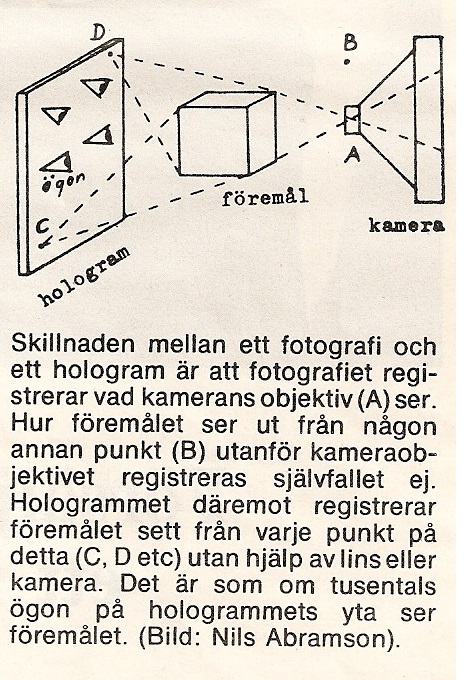
Picture Professor Nils Abramson
Unlike a photographic negative, if you were to look at the surface of a hologram unlit by the source light (laser), you wouldn’t see an image, just an apparently random pattern with no relation to the image. If you were to cut the hologram into parts, you wouldn’t see parts of the image, but the whole image in each part. By Molly Brodak
This is because, unlike a photograph which records light scattered from a single point or plane in the scene, each point on a holographic recording includes information about light scattered from every point in the scene, according to R. Nave of Hyperphysics. Which means that each point on the hologram knows all the information about all of the other points on the hologram. I have tried to think of a metaphor for this but almost nothing, natural or manmade, works like this. It’s close to being how some cells reproduce by splitting, or how fractals work. Still, neither of these are quite right. By Molly Brodak
Continue to read Molly Brodak click here Nothing is quite like this
(Not holography, nor a hologram and not holographic projection but Peppers Ghost video film projection of Shanice).
This is Shanice the “holographic” receptionist at a town hall in Brent, UK. She directs visitors and will answer questions when someone pushes a question button on the touchscreen on the desk behind which she sits. The town councilor and those he paid to develop and install Shanice are as excited about how cutting-edge Shanice is as the general public is frustrated with her—yet another mechanized customer service device designed only to cut costs and distance consumers from personalized help with their time-consuming and messy problems. By Molly Brodak
So why this proliferation of pseudo-holograms? They are, after all, just video recordings. It must be simply the screen we want out of, as if a talking head unboxed will cross that uncanny valley robot/android developers hover over in building their devices, and the freed recorded image will feel more satisfying or startlingly present, more like us. By Molly Brodak
There will be more “holograms” like Shanice, because we still want to get to childish idea of the future we were always promised, with flying cars and elaborate “holograms” used as message transmission for no practical reason other than that they are neat. The word hologram, I think, will lose its original meaning in a decade or so. It will come to mean seemingly-screenless projection of animate person/thing and that makes perfect sense: we are seeing these things in the world, whereas real holograms are almost never experienced. (The one good place you could have seen a bunch of holograms, the Museum of Holography in Chicago,,,, although the MIT Museum has a nice collection to visit). Still it grips my heart a little to see how ironically backwards this semantic shift is: transferring the meaning of hologram onto these pretend-futuristic projections, which are actually prehistorically coarse compared to the original form of holograms that are, I think, real magic. By Molly Brodak
Molly Brodak is the author of A Little Middle of the Night (University of Iowa Press, 2010) and the chapbook The Flood (Coconut Books, 2012). She edits Aesthetix and lives in Atlanta.

